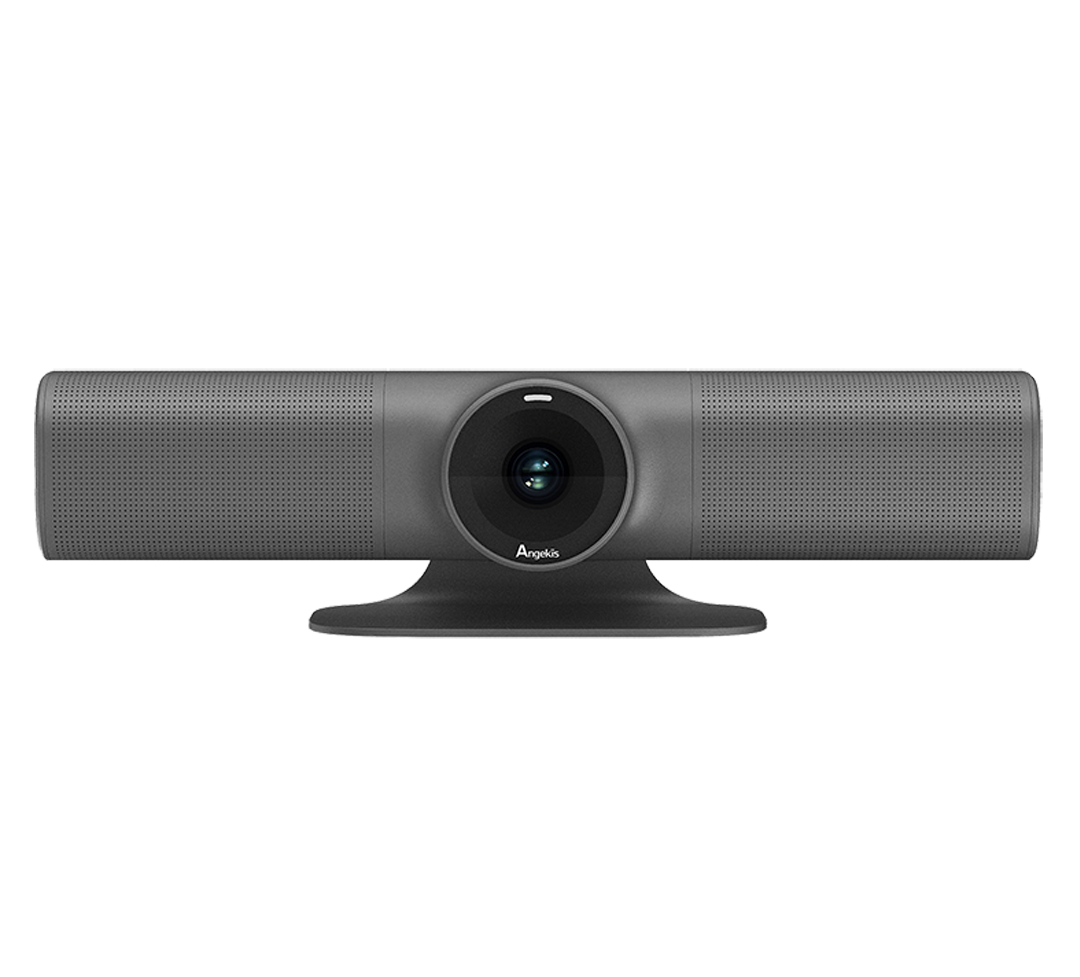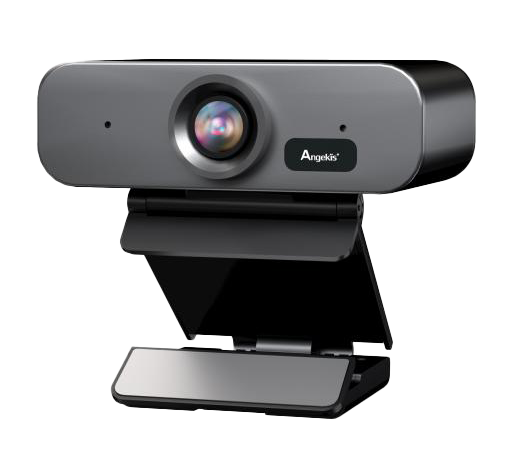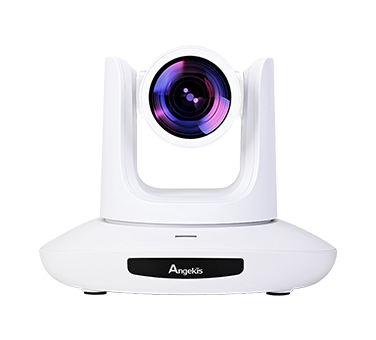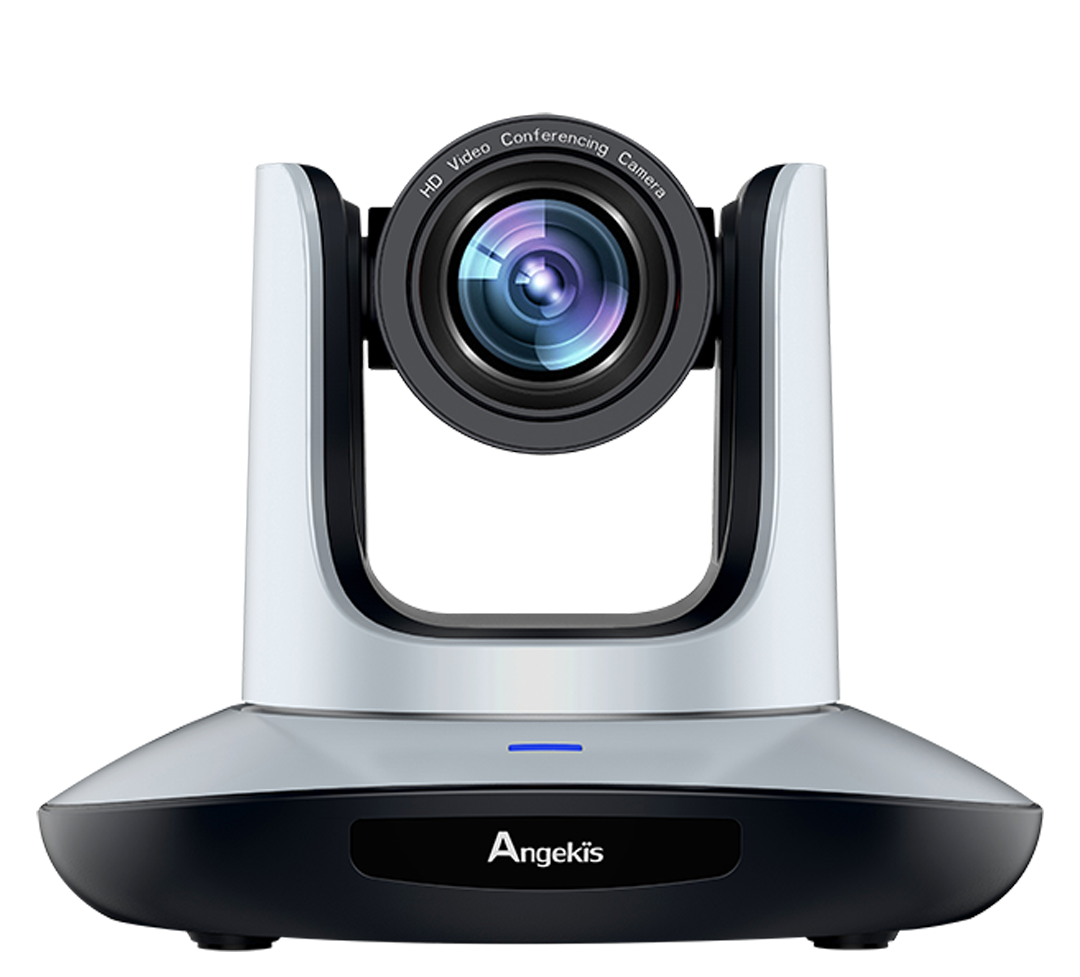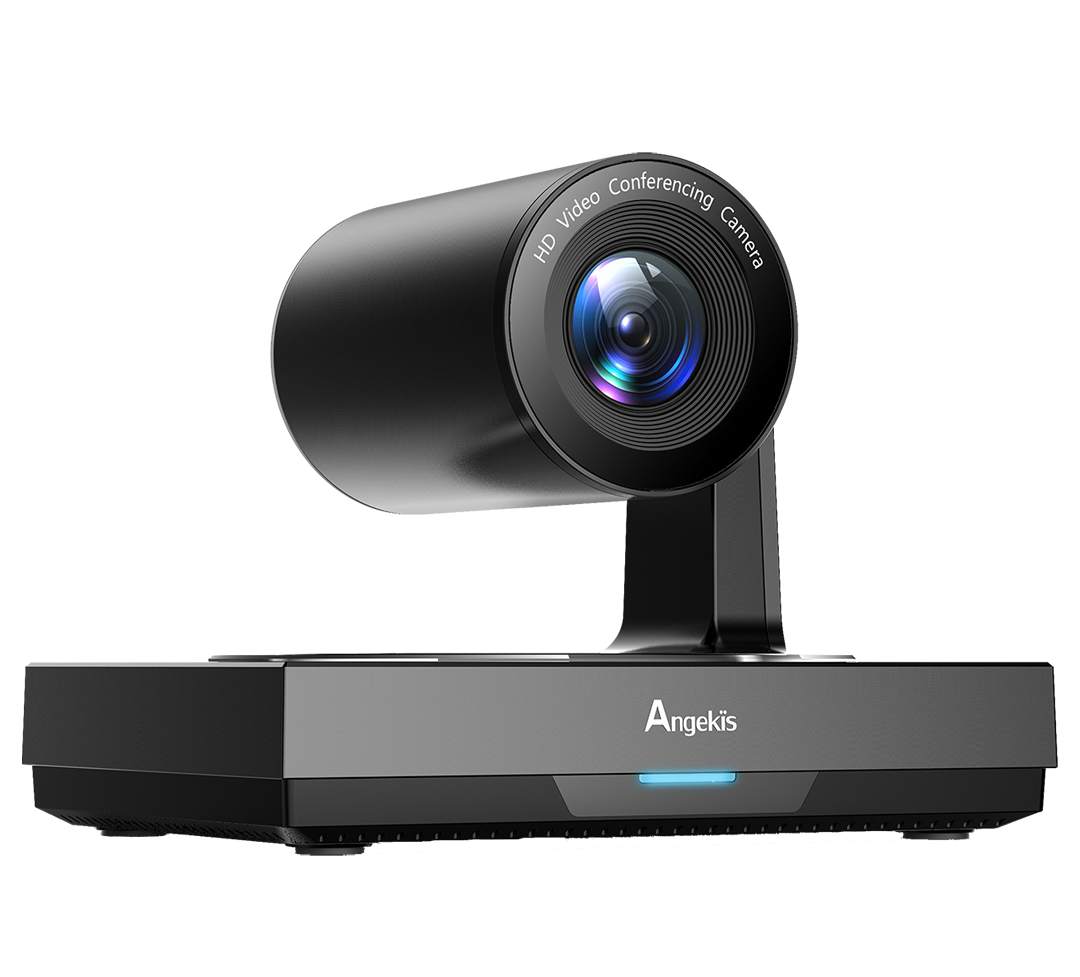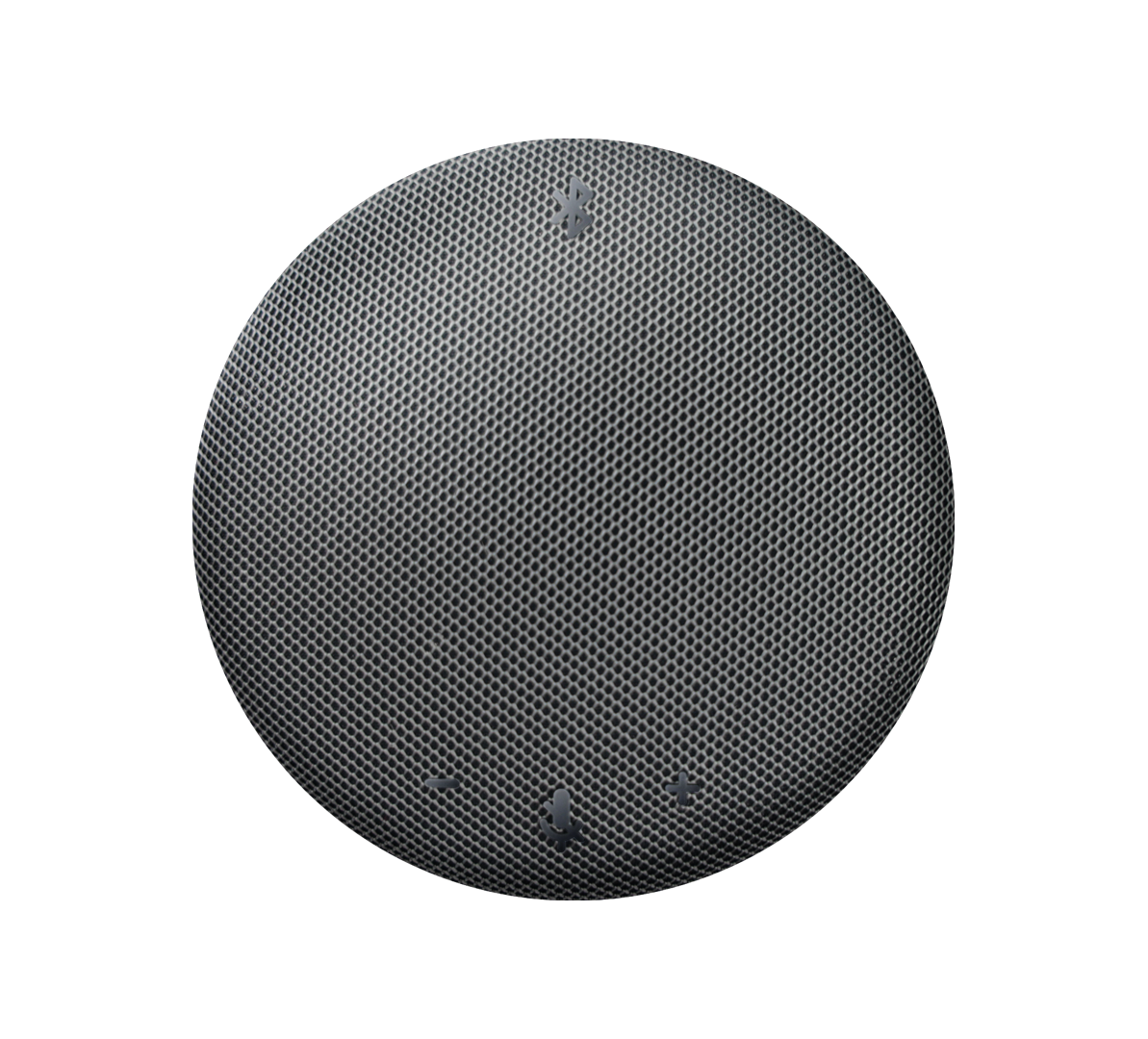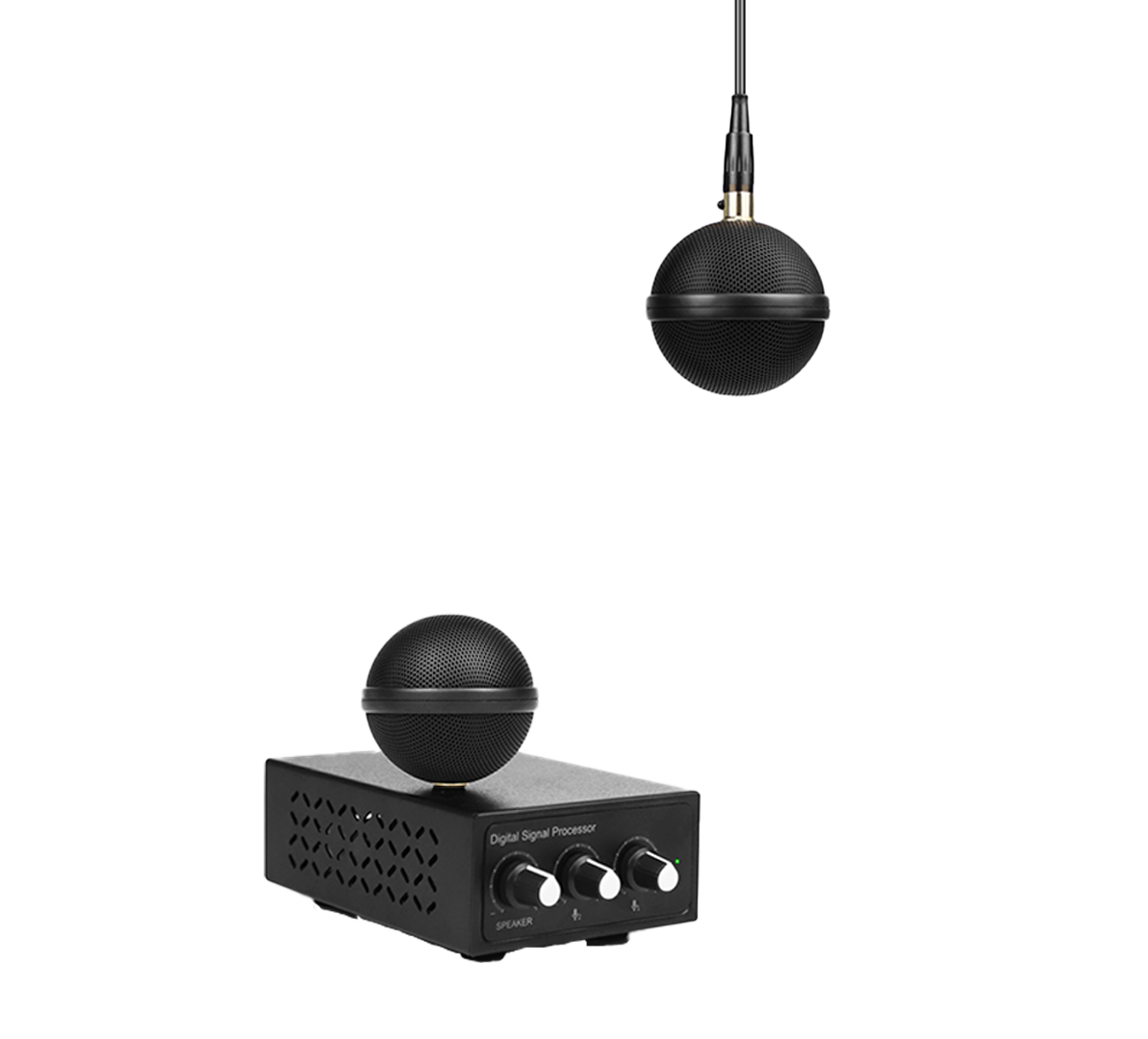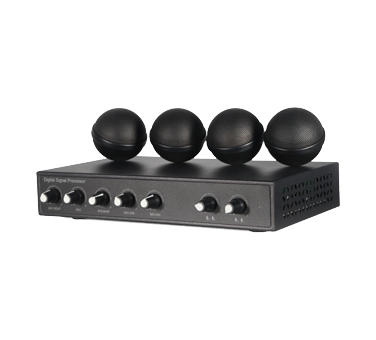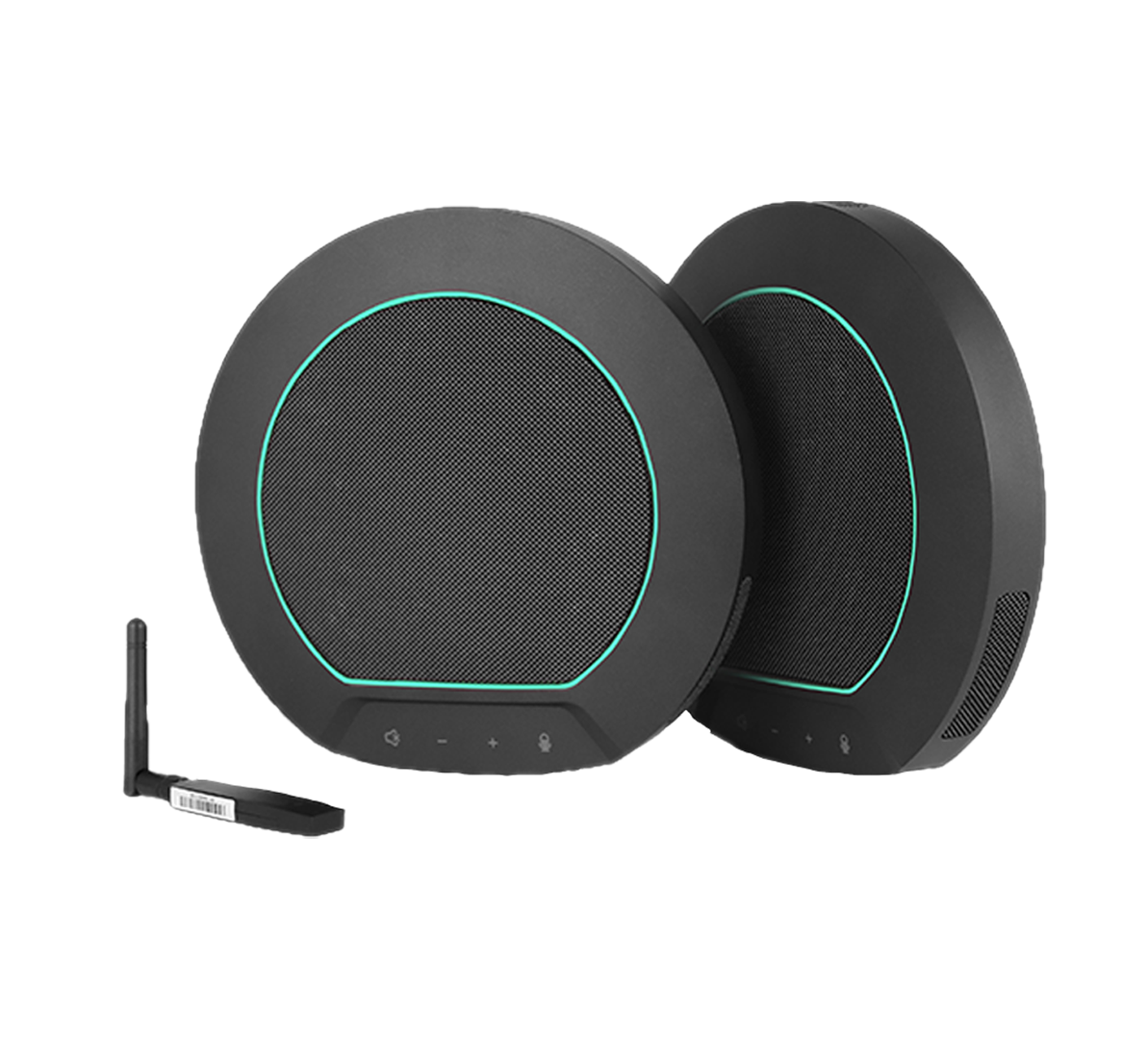What is a CMOS Sensor
What is a CMOS sensor?
The CMOS sensors found in all Angekis livestreaming camera products are the electronic chips that convert light into an electronic signal. They are very small arrays of light-sensitive sensors (the most common size in Angekis camera products being 1/2.8 inches, measured diagonally), that absorb photons and convert them into electrons - a format that is ideal for digitization. The electronic signal is then sent from the CMOS sensor into an analog to digital converter, where it is processed into digital information that can then be used by a digital display or a computer. It is through the CMOS sensor that your digital camera can begin the process of outputting video through USB, HDMI, SDI, and other electronic signals. Converting to other protocols, largely the ones that run through the LAN port, such as RTMP, NDI, and SRT, etc. uses a further step of signal conversion - but it all starts with the CMOS sensor.
CMOS sensors contain millions of light-sensitive sensors, each of which corresponds to one pixel. Typically, Angekis HD Cameras run on 2.1 megapixel sensors, and our 4K cameras use 8.51 megapixel sensors. Each individual sensor in the full array contains a photodetector. When light enters your Angekis camera through the lens, it hits the CMOS image sensor, and causes each photodetector to accumulate an electrical charge based on the amount of light that strikes it. That charge is converted into a digital reading, along with a measurement of light colour. Now, with so many tiny sensors across such as small area, it’s easy for tiny differences in performance to emerge - which is why Angekis has UltraOptix installed on our cameras to anticipate these tiny fluctuations and provide Digital Noise Reduction - giving you a cleaner, smoother, and higher definition image.
Coincidentally, the CMOS sensor relies on the same principle upon which solar power works - the ability of certain materials to convert light (photons) into electricity (electrons). In this case, the material in your Angekis camera’s sensor is “Complementary Metal Oxide Semiconductor” - a particularly efficient material which is used in all kinds of applications. Note that the CMOS digital image sensor and a photovoltaic panel are structured differently. In theory if you were to put a large lens over the solar power array and measure the voltage of each photovoltaic cell, you could get a very rough image where each PV cell could be converted into one pixel. The sensors in an Angekis camera are much more sophisticated, however, and able to discern not only the level of light hitting each point on the sensor, but also the color.

